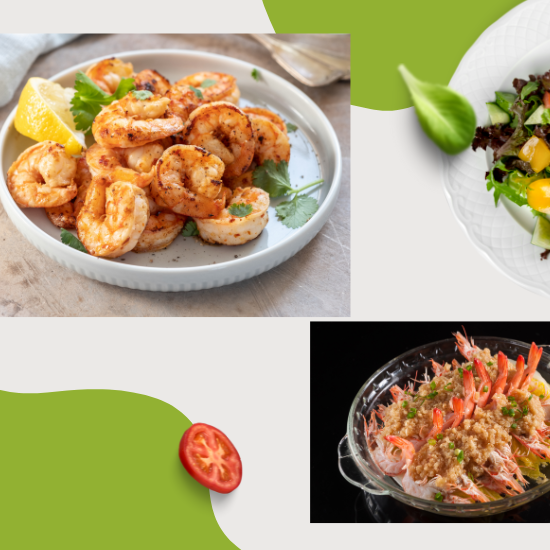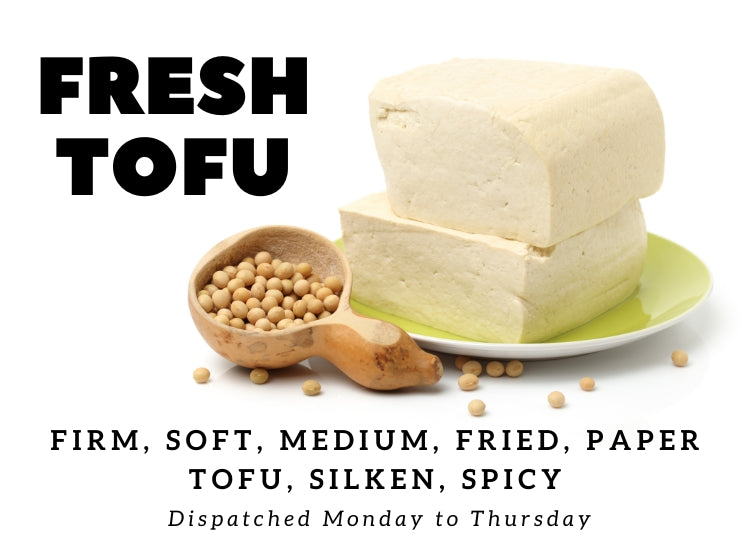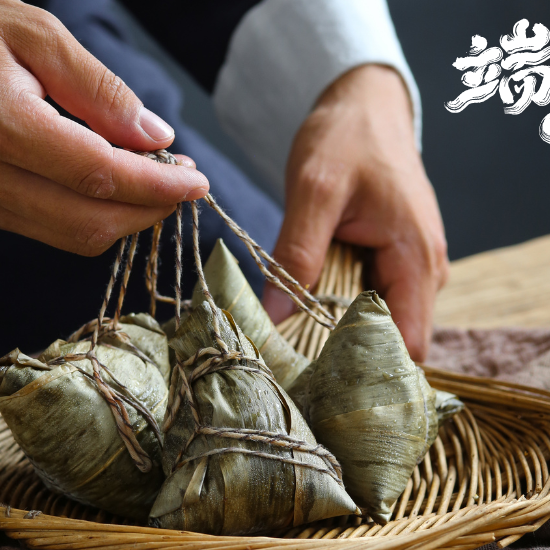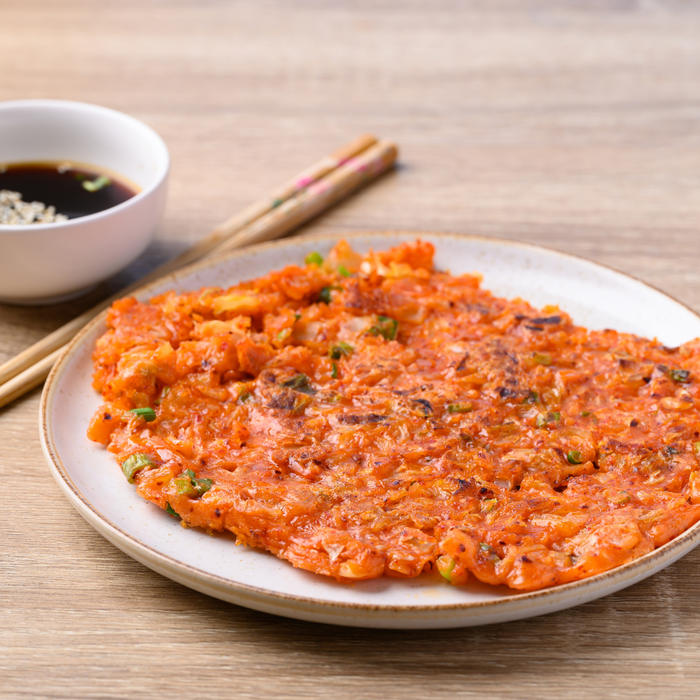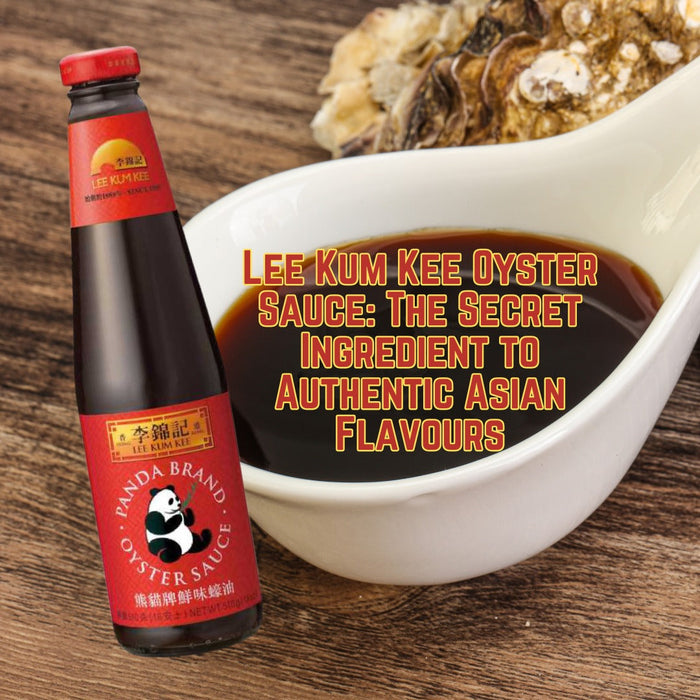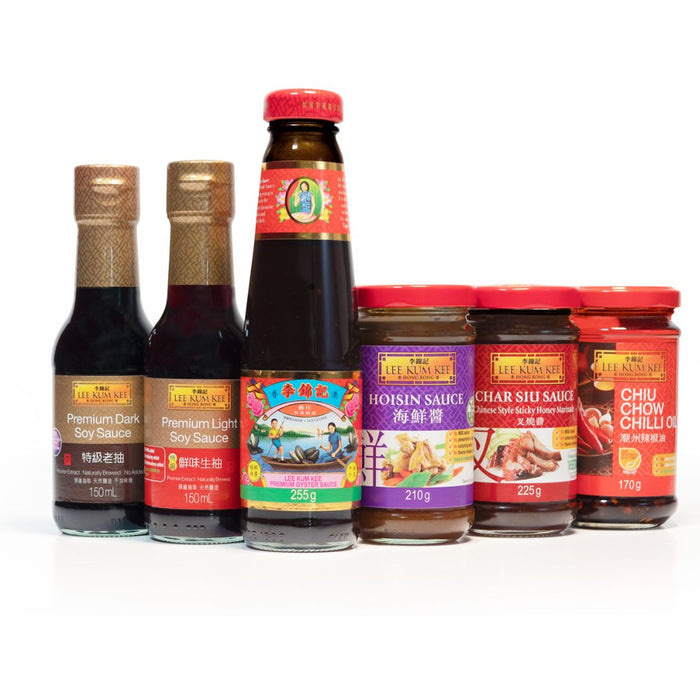Tofu, also known as bean curd, is a versatile and nutritious soybean-based food that has been a staple in Asian cuisine for centuries. While it's celebrated for its ability to absorb flavors and adapt to various cooking methods, tofu comes in different textures, the most common being firm and soft. These two varieties have distinct characteristics and are suited for different culinary applications. In this article, we'll explore the difference between firm and soft tofu and their various uses in the kitchen.
Firm Tofu
Firm tofu, as the name suggests, has a solid, dense texture. It holds its shape well and is less likely to crumble, making it a fantastic choice for various cooking methods.
Texture: The texture of firm tofu is comparable to a well-cooked egg white. It's solid and can be sliced, diced, or cubed without falling apart.
Uses:
1. Stir-Frying: Firm tofu is ideal for stir-frying because it maintains its shape and absorbs the flavours of the stir-fry sauce. Simply cut it into cubes, toss it in your favorite stir-fry, and watch it soak up the delicious flavors.
2. Grilling: You can grill firm tofu slices to perfection. Marinate it in a flavorful sauce or season it with herbs and spices before placing it on the grill for a satisfying smoky taste.
3. Baking and Roasting: Firm tofu can be sliced and used as a meat substitute in recipes like baked tofu nuggets or roasted tofu with vegetables.
4. Pan-Frying: Coat firm tofu with breadcrumbs or a flavorful seasoning, then pan-fry until crispy for a delightful, crunchy exterior and tender interior.
Soft Tofu:
Soft tofu, on the other hand, is, well, softer. It has a custard-like consistency and can be used in both sweet and savory dishes.
Texture: Soft tofu is velvety, smooth, and delicate. It crumbles easily and doesn't hold its shape as firmly as its counterpart.
Uses:
1. Smoothies and Shakes: Soft tofu is an excellent addition to smoothies and shakes. It adds creaminess and extra protein without a strong flavor, making it an ideal choice for health-conscious individuals.
2. Desserts: Use soft tofu in desserts like puddings, mousse, or cheesecakes to create a silky, creamy texture. It's an excellent dairy substitute for those who are lactose intolerant or following a vegan diet.
3. Sauces and Dressings: Soft tofu can be blended to create creamy sauces and dressings. Try it in place of cream or mayonnaise for a lighter, healthier option.
4. Soups and Stews: Add soft tofu to soups and stews to give them a creamy, silky texture. It can be blended into the broth or added in small cubes.
In summary, the difference between firm and soft tofu lies in their texture and, subsequently, their best culinary applications. Firm tofu is perfect for dishes that require tofu to hold its shape, while soft tofu excels in recipes that benefit from its silky, creamy texture. Whether you're preparing savory meals or sweet treats, tofu offers a versatile canvas for your culinary creativity. So the next time you're in the kitchen, keep the texture of your tofu in mind, and you'll be on your way to creating delicious dishes that will delight your taste buds and impress your family and friends. Happy cooking!
Shop all fresh Tofu
